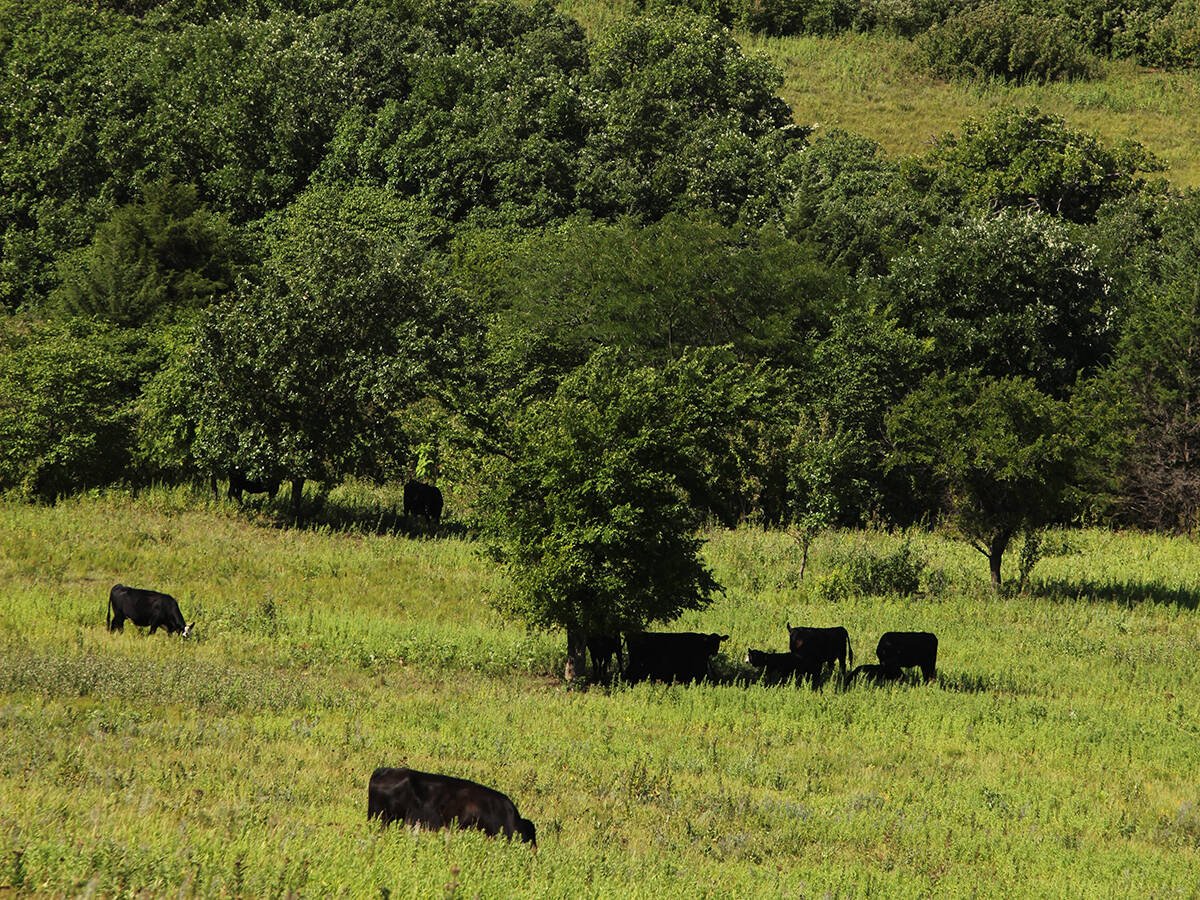An abortion outbreak in a cow herd can be one of the most frustrating issues that veterinarians and cattle producers can experience.
Little can be done to change the situation, and it is often difficult to diagnose what is causing the problem to prevent it from occurring in the future.
Fetal loss in cow-calf herds can result in significant economic losses for producers. If the abortion occurs late in the gestational period, the open cow may not be identified until calving time, and the cow’s reproductive potential for that year will be lost.
Read Also

Beef cattle more prone to trace mineral deficiencies
The trace mineral status of our cows and calves is a significant challenge for western Canadian producers and veterinarians.
One of the difficulties is that there are so many potential causes of abortion. Infectious agents are often identified as a frequent cause of abortion storms, but abortions can also occur because of hormonal fluctuations, genetic malformations, poor blood or nutrient supply to the fetus, nutritional deficiencies and environmental or toxicological causes.
A recent scientific article in Theriogenology evaluated the causes of bovine abortion cases as they were presented to California’s diagnostic laboratory from 2007-12.
The authors summarized the diagnosis of abortion cases for 709 bovine fetuses and found that 43 percent of the submissions were from dairy cows, 40 percent from beef cows and 17 percent from an unspecified breed.
The pathologists at the laboratory were able to obtain a pathologic diagnosis in 57 percent of the abortions, which is significantly higher than the 25 to 50 percent rate in other surveys.
Forty-six percent of these cases had an infectious agent identified as the cause of abortion with 67 percent being bacterial infections, 11 percent viral infections, 18 percent protozoal infections and four percent fungal infections.
The bacteria Pajarellobacter abortibovis was the most common form of infectious abortion identified in the survey. Transmitted by ticks, it can cause large abortion storms but seems to be restricted to California, Oregon and Nevada.
The disease is known as epizootic bovine abortion or foothills abortion and primarily affects beef cattle because it is tick borne.
The study found significant evidence of Neospora caninum-associated abortions: almost 20 percent of the infectious causes of abortion were attributed to this microscopic parasite.
Researchers first discovered it in the late 1980s, and it was first described as a cause of abortion in cattle in Canada in 1994.
Members of the canine family are the primary host for this parasite. Dogs and coyotes can become infected and pass infectious cysts into the environment in their feces.
Cows that consume this fecal matter while grazing or eating contaminated feed can become infected. This can result in early embryonic death, abortion or a still-born calf when it occurs in a pregnant cow.
Infected cows remain carriers of the parasite for life. They do not pass the infection to other cows, but they can pass it on to their calves through the placenta.
This dam-to-calf transmission can gradually increase the level of infection in the herd. The cows that are carriers will always have a slightly increased chance of abortion in subsequent pregnancies, although many will conceive and have normal calves in the future.
A study funded by the Canadian Cattlemen’s Association that sampled almost 5,000 cows from 179 herds in 2003 helped give a snapshot of this disease in Canada. Only 6.2 percent of cows tested positive for antibodies to the parasite, but more than 40 percent of herds had two or more cows test positive.
The widespread level of infection in cattle herds and the nature of its spread by dogs or coyotes makes it difficult to control this parasite.
It is virtually impossible to prevent cattle from coming into contact with dog or coyote feces in western Canadian cow-calf herds. However, dogs’ access to feed bunks and feed storage areas should be minimized as much as possible.
As well, make sure that aborted or dead calves are not left out for coyotes or family dogs to eat.
There are many other causes of abortion besides infectious diseases. The California survey found that more than 20 percent of the fetuses had no detectable lesions, and many of those occurred during the third trimester when fetal demands on the cow are the greatest. These may be associated with mineral imbalances or potential hormonal problems, which are often difficult to diagnose.
The California study also highlights how difficult it is to obtain a diagnosis from an aborted fetus. Only 12 percent of these submissions included placental tissue, which greatly increases the likelihood of diagnosis.
Producers who notice that abortions are occurring should separate the aborting cows from the rest of the herd. This may help prevent the spread of infection and also make the cows available for examination by a veterinarian.
Aborted fetuses and placenta should be wrapped in plastic or other waterproof material and kept in a cool place until they can be sent to a diagnostic laboratory.
The fetus may be significantly decomposed or scavenged by predators, but the placenta is typically the most important tissue to help achieve a diagnosis.














